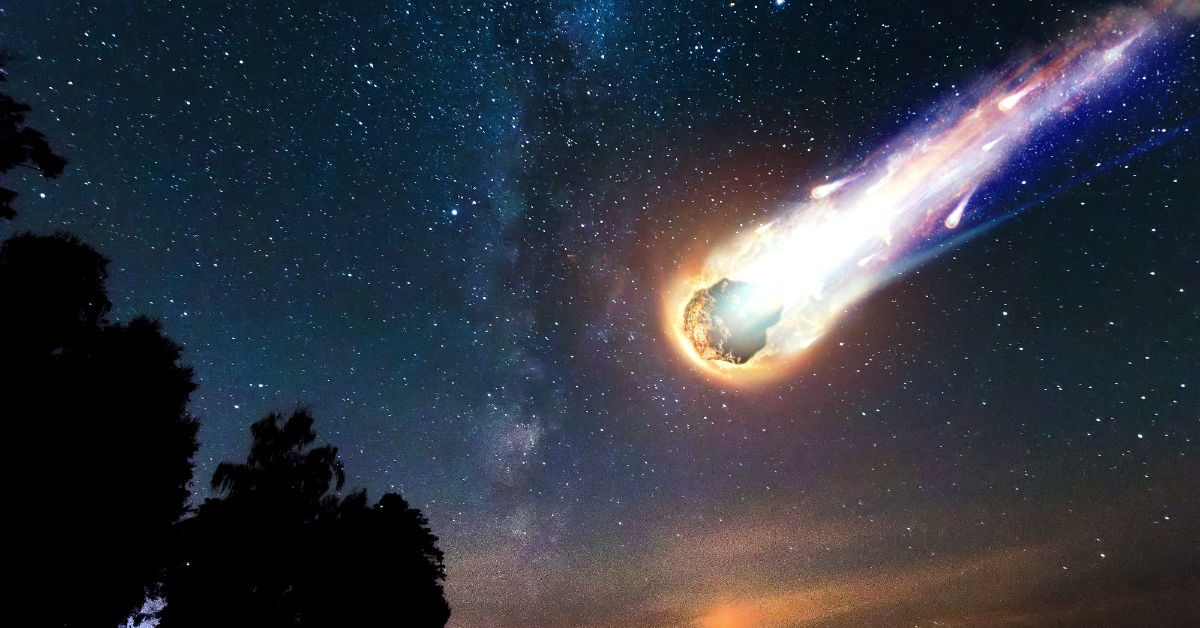It’s April, and that means it’s time for the annual Lyrid meteor shower. The shower began on April 16, however, if you haven’t seen it yet, don’t sweat it. The peak of the shower is set to occur starting tomorrow, April 21, and continue until April 22. (1)
Lyrid Meteor Shower Peak Starts April 21
People have been observing the Lyrid meteor shower for at least 2,700 years, with the first one being recording in Chinese historical texts from that time period. This year, the shower began on April 16, however the peak will occur between the 21 and 22. This means that you’ve still got plenty of time to witness Lyrid in all of its glory. (1)
The Lyrids are actually particles that shed from comet 1861 G1 Thatcher. It is called this because 1861 is the last year that Thatcher passed through the inner solar system, and it isn’t scheduled to return for another 415 years. Two years after the first comet passed, a magnificent meteor shower was observed. This helped astronomists link the meteors and the comets together. (1)
The Lyrid meteor shower is certainly not the fullest of the meteor showers. Even at its peak, you will only see about 10 meteors an hour. What you are really looking for is anything unusual. According to NASA, a persistent train of meteors is unusual for Lyrid, but it does produce some fireballs, which are impressive to see. (1)
Read: 50 Years Ago NASA Sent a Map Into Space to Help Aliens Find Earth—Now They’ve Got An Awesome Update
When To Best See It
Lyrid is very difficult to see if there is too much light. This is why, if you want to see anything, you have to wait until the moon has set. This year, you will have about two hours before dawn to view the comets. You should watch for at least one hour if you really want to see anything. If you watch only for a short time, you may catch the shower in a lull and not see much of anything at all. (1)
The Lyrid meteor shower is best seen in the Northern Hemisphere. The constellation rises in the East, so look in that direction in a dark area (no street lights or lights from houses) to see it best. If you miss it or if it is cloudy, the next shower is the Eta Aquarids which peaks on May 4. (1)
Keep Reading: 12 full moons in 2021 will include 3 supermoons and a blue moon
Sources:
- “Viewing the Lyrids in 2021.” American Meteor Society. April 17, 2021

